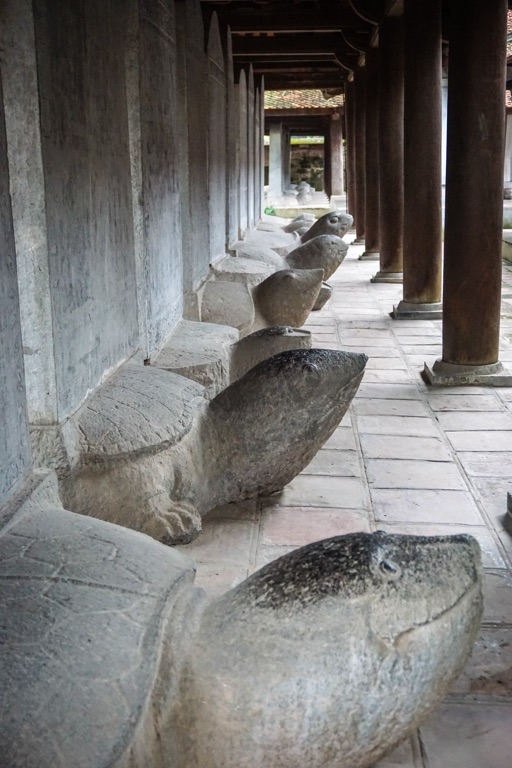Văn Miếu Quốc Tử Giám, also known as the Temple of Literature, is a renowned historical site in Hanoi, Vietnam. It was established in 1070 under Emperor Lý Thánh Tông of the Lý dynasty. Initially, it served as a Confucian temple, but in 1076, it became home to the Imperial Academy, Vietnam’s first national university. The site honors education and literature, with monuments and steles dedicated to scholars and academics. It is a prime example of traditional Vietnamese architecture and a symbol of the country’s dedication to education and the arts.
Get your dose of History via Email
Historical Background of Văn Miếu Quốc Tử Giám
The Temple of Literature was founded by Emperor Lý Thánh Tông in 1070. It was dedicated to Confucius, sages, and scholars. As the first university in Vietnam, it was established for the education of royals and elites. The Imperial Academy operated for hundreds of years, shaping the minds of Vietnam’s mandarin class. The temple complex has undergone several restorations and expansions throughout its history. It has survived wars and colonialism, standing as a testament to Vietnam’s resilience and cultural heritage.
The site was not “discovered” in the conventional sense, as it has been a continuous part of Hanoi’s landscape. However, its significance has been rediscovered repeatedly over the centuries. The Ly dynasty, known for promoting education and Confucianism, built the temple. It later became an important educational center during the Tran dynasty. The temple also witnessed important historical events, including examinations for selecting mandarins for the kingdom.
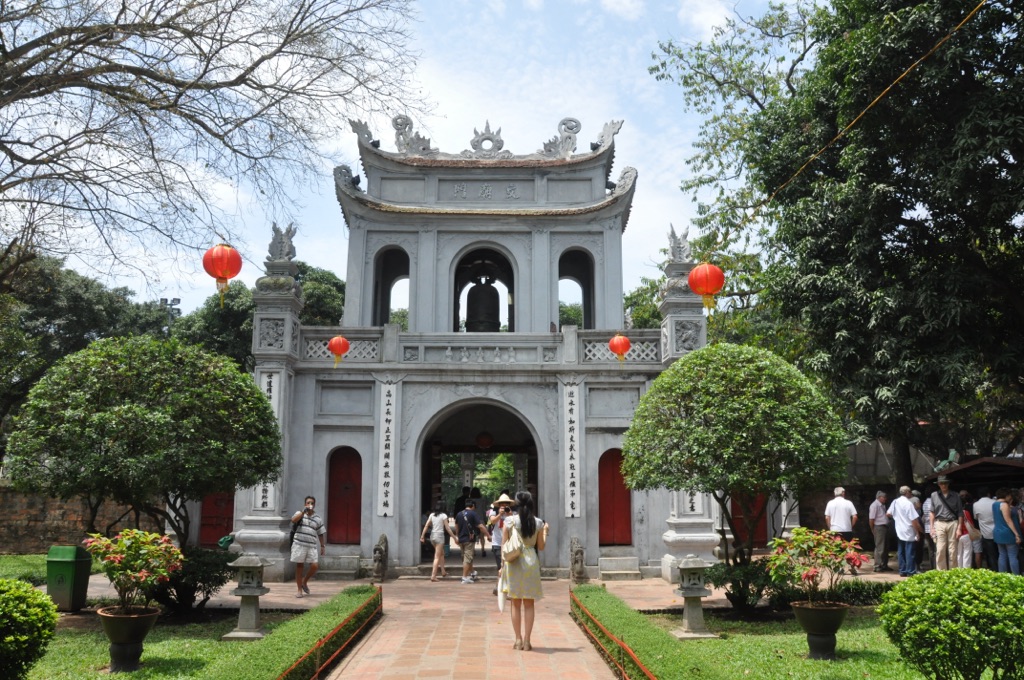
Throughout its history, Văn Miếu Quốc Tử Giám has been a place of scholarly pursuit and intellectual discourse. It has been expanded and renovated by successive dynasties, each leaving their mark on the complex. The site features 82 stone steles that sit on stone turtles, which are inscribed with the names of those who passed the royal exams. These steles are a UNESCO World Heritage site, recognized for their historical value.
The temple complex has not only been a place for education but also a site of cultural and political significance. During the French colonial period, the site became a symbol of Vietnamese resistance and national identity. It has been the scene of various cultural and political activities, reflecting the changing tides of Vietnam’s history.
Today, Văn Miếu Quốc Tử Giám is a popular tourist attraction and a place of cultural pride for the Vietnamese people. It continues to be a site for traditional ceremonies and celebrations, particularly during the Lunar New Year and National Teacher’s Day. The temple remains a powerful symbol of Vietnam’s commitment to education and its rich cultural past.
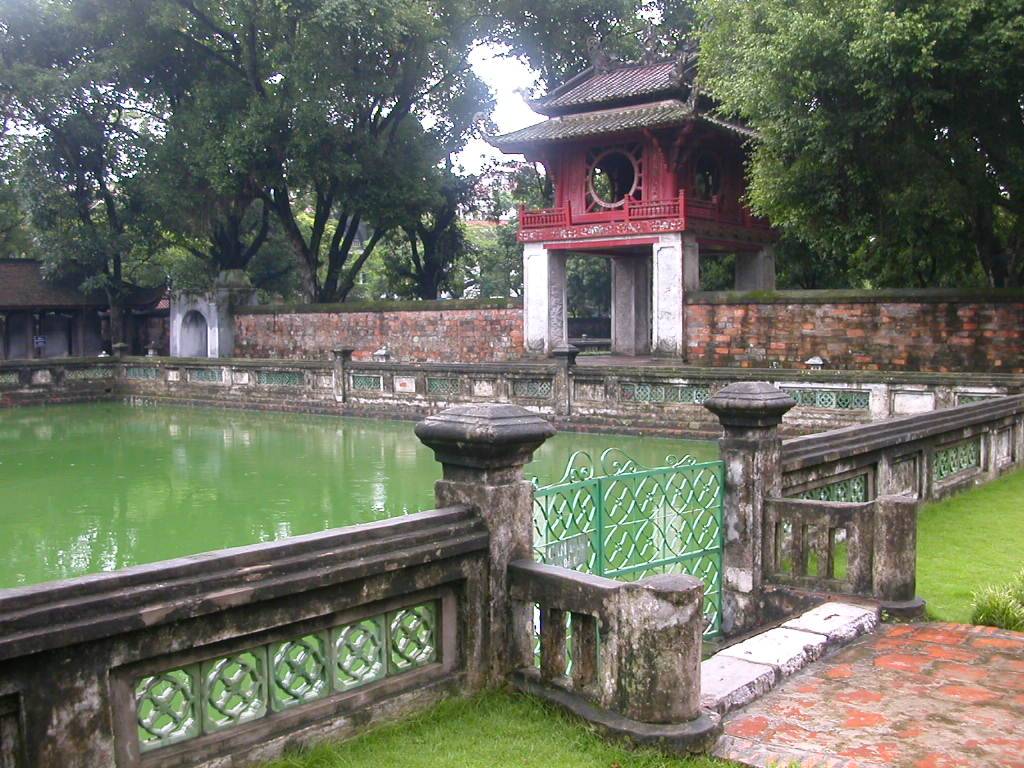
About Văn Miếu Quốc Tử Giám
Văn Miếu Quốc Tử Giám is a sprawling complex that covers approximately 54,000 square meters. It consists of five courtyards, several pavilions, halls, and statues that reflect traditional Vietnamese architecture. The layout of the complex is in harmony with the Confucian principle of order and hierarchy. The main gate, known as the Great Portico, leads to a series of landscaped gardens and pathways.
The complex’s buildings are constructed from wood and stone, featuring intricate carvings and traditional Vietnamese motifs. The roofs are covered with dark tiles, and the structures are supported by large, ornate pillars. The architecture of the site is a blend of Vietnamese and Chinese styles, reflecting the cultural exchanges between the two civilizations.
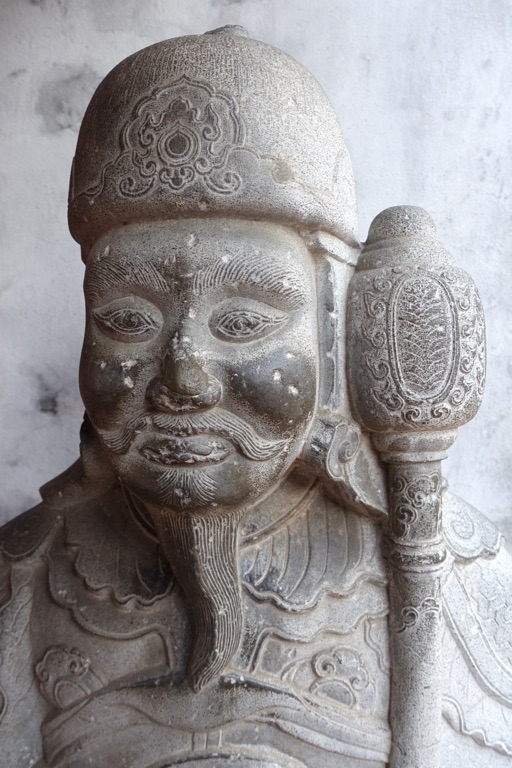
One of the architectural highlights of the complex is the Khue Van Cac, or Pavilion of the Constellation of Literature. It is a two-story structure that stands out with its unique square shape and red-painted wooden frame. The pavilion is often seen as a symbol of Hanoi and Vietnamese culture.
The construction methods of the complex were traditional, involving skilled artisans and craftsmen. The materials used were locally sourced, and the buildings were designed to be in harmony with the surrounding environment. The complex also features gardens and ponds, which add to the serene atmosphere of the site.
The Temple of Literature is not only a historical site but also an artistic one. The stone steles and statues are masterpieces of Vietnamese calligraphy and sculpture. They provide insight into the educational standards and artistic achievements of historical Vietnam.
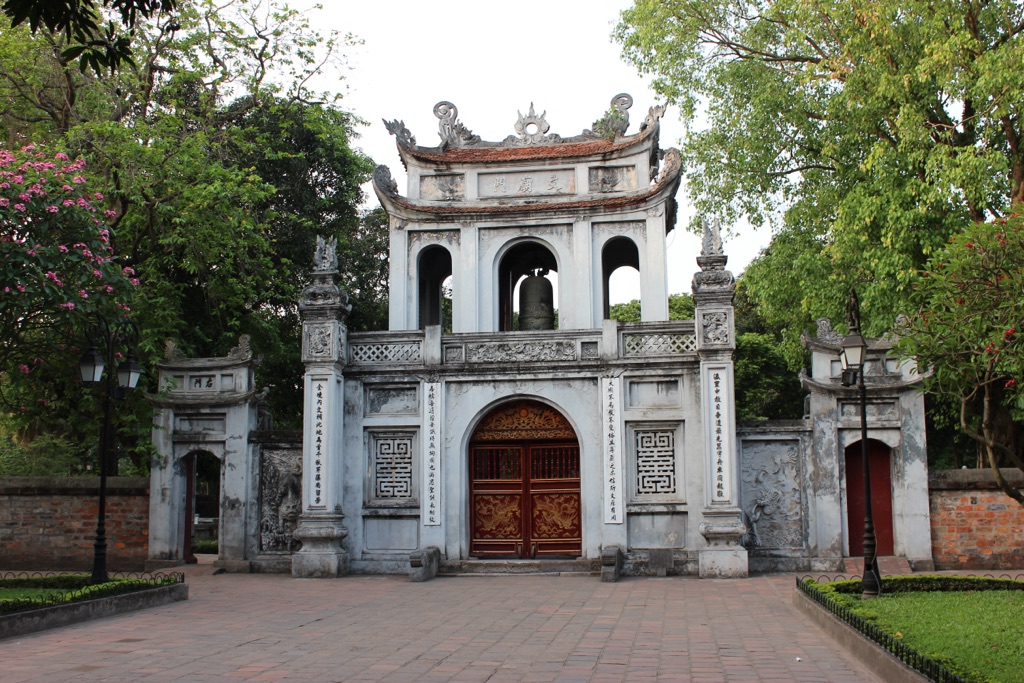
Theories and Interpretations
Văn Miếu Quốc Tử Giám has been the subject of various theories and interpretations over the years. It is widely accepted as a center for Confucian learning and the civil service examination system. However, some scholars have suggested that the site also had other educational and ceremonial functions.
The purpose of the stone steles with inscriptions of the names of successful candidates has been interpreted as a means to promote meritocracy and encourage education. These steles are unique historical records that provide valuable information about Vietnam’s feudal education system and social structure.
There are mysteries surrounding some of the artifacts and inscriptions found at the site. Some inscriptions are difficult to decipher, leading to different interpretations of their meaning. The site has also been linked to various legends and folktales, adding to its mystique.
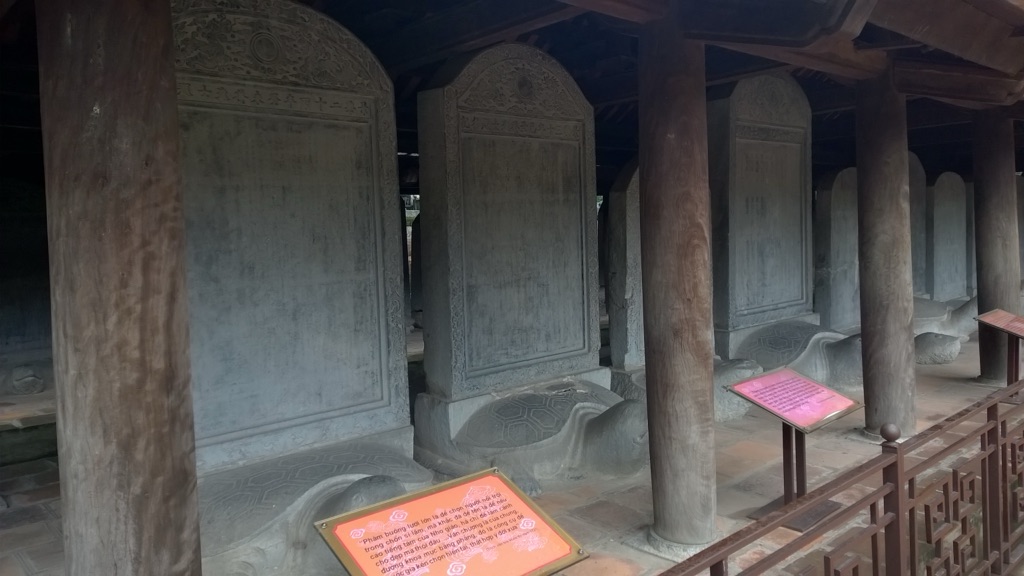
Historians have matched aspects of the temple to historical records to gain a better understanding of its significance. This includes analyzing the architectural styles, inscriptions, and artifacts to trace the evolution of the site through different dynasties.
Dating of the site and its components has been carried out using historical records and archaeological methods. The age of the stone steles, for example, has been determined based on the dates inscribed on them. These methods have helped to confirm the historical timeline of the temple complex.
At a glance
Country: Vietnam
Civilization: Lý dynasty (later periods include the Trần, Lê, and Nguyễn dynasties)
Age: Established in 1070 AD
Conclusion and Sources
The information in this article has been obtained from the following reputable sources:
– Wikipedia: https://en.wikipedia.org/wiki/Temple_of_Literature,_Hanoi

